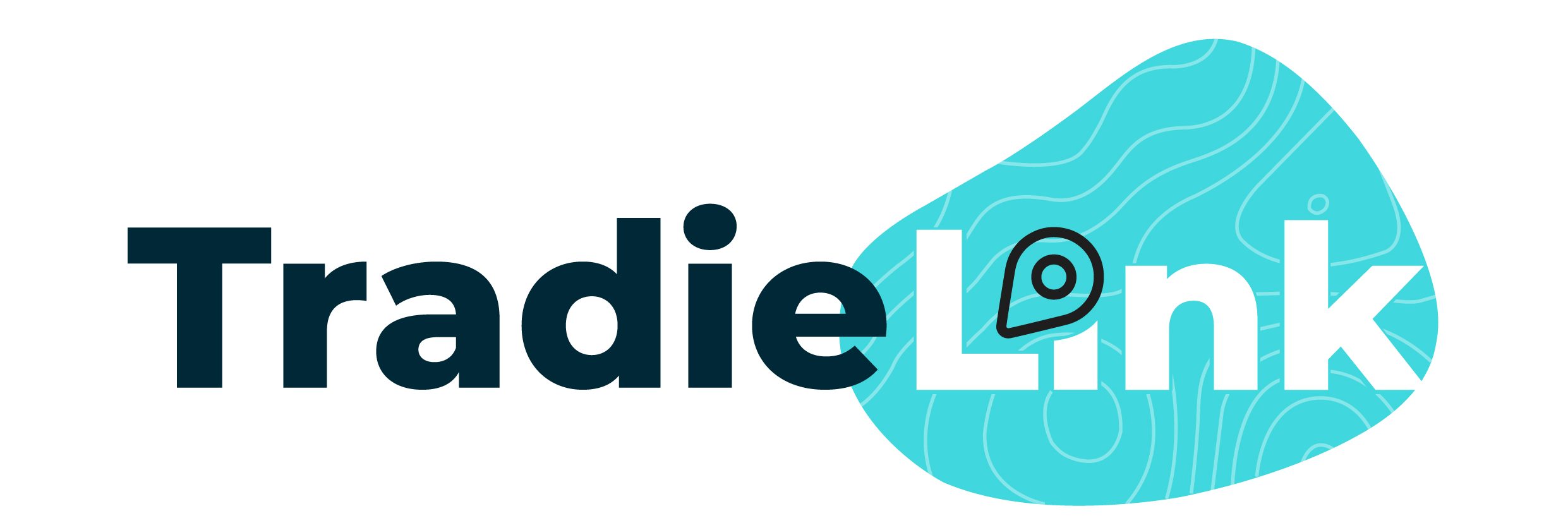Imagine a world without stringent safety regulations for electrical work – a world where the invisible currents we rely on daily could pose grave risks at every turn. From the moment we flip a switch to the intricate wiring behind our walls, the realm of electrical work is intricately linked to the importance of safety regulations. In this blog post, we delve into the critical guidelines that safeguard electricians, clients, and the community at large, ensuring that each connection sparks not danger but illumination. Join us on a journey through the electrifying world of electrical safety regulations.
Key Safety Regulations for Electrical Work
In the realm of safety regulations for electrical work, understanding and adhering to key protocols is paramount to ensuring the well-being of workers and the efficiency of projects. Let's delve into some essential safety regulations that every electrician should be well-versed in:
Mandatory Safety Practices and Protocols
-
Use of appropriate personal protective equipment (PPE) such as safety gloves, goggles, and insulated tools.
-
Adherence to lockout/tagout procedures to prevent accidental energization of circuits during maintenance.
-
Proper labeling of electrical panels and equipment to facilitate quick identification during emergencies.
Personal Protective Equipment (PPE) Requirements
-
Wearing insulated gloves and boots to protect against electric shocks.
-
Use of arc flash protective clothing when working on energized equipment.
-
Employing safety harnesses when working at heights to prevent falls.
Proper Electrical System Grounding and Bonding
-
Ensuring proper grounding of electrical systems to mitigate the risk of voltage surges.
-
Implementing effective bonding techniques to reduce the likelihood of electrical faults and fires.
-
Regular testing of grounding systems to verify their effectiveness and compliance with regulations.
By prioritizing these safety regulations for electrical work, professionals can create a secure working environment while minimizing the potential risks associated with electrical installations and maintenance.
Training and Certification Requirements for Electrical Work
When it comes to navigating the complex landscape of safety regulations for electrical work, having the right training and certifications is crucial for both individual electricians and larger electrical businesses. Let's explore the key aspects related to training and certification in the electrical industry:
Importance of Proper Training
-
Comprehensive training programs ensure that electricians possess the necessary skills to perform tasks safely and efficiently.
-
Training helps individuals understand the importance of following safety regulations and protocols in all electrical work scenarios.
-
Continuous education and training opportunities allow electricians to stay abreast of the latest safety standards and best practices.
Recognized Certifications for Electricians
-
Obtaining certifications from reputable organizations such as the National Electrical Contractors Association (NECA) or the Electrical Training ALLIANCE adds credibility to an electrician's expertise.
-
Certified electricians demonstrate a commitment to professionalism, safety, and quality workmanship.
-
Clients often prefer hiring electricians with recognized certifications, knowing that they have met rigorous industry standards.
Ongoing Education and Compliance
-
Continuing education courses and seminars help electricians stay updated on evolving safety regulations and industry trends.
-
Regularly refreshing knowledge on safety protocols ensures that electricians maintain compliance with the latest standards.
-
Participation in safety training programs not only enhances individual skills but also contributes to a safer working environment overall.
For electricians aiming to excel in the realm of safety regulations for electrical work, investing in continuous training and pursuing relevant certifications is a strategic way to uphold safety standards and professionalism in the field.
Common Violations and How to Avoid Them in Electrical Work
In the realm of safety regulations for electrical work, knowledge of common violations and strategies to prevent them is crucial for maintaining a safe and compliant work environment. Let's delve into some typical violations and effective ways to steer clear of them:
Typical Safety Regulation Violations
-
Working on live electrical systems without proper authorization or precautions in place.
-
Failure to use appropriate personal protective equipment (PPE) when dealing with electrical hazards.
-
Inadequate labeling of electrical panels and circuits, leading to confusion and safety risks.
-
Neglecting to conduct regular electrical inspections and maintenance checks.
Tips for Ensuring Compliance
-
Always de-energize circuits before performing any electrical work to prevent electrical accidents.
-
Provide comprehensive training to employees on safety regulations and protocols.
-
Emphasize the importance of PPE and ensure its proper usage on every job site.
-
Implement a robust system for documenting and tracking safety inspections and corrective actions.
Consequences of Violations
-
Violations of safety regulations can result in accidents, injuries, or even fatalities.
-
Non-compliance with regulations may lead to legal penalties, fines, and damage to an electrician's reputation.
-
Repeated violations can jeopardize business opportunities and relationships with clients.
-
Prioritizing safety compliance is not only ethical but also essential for the sustainability and success of an electrical business.
By understanding and proactively addressing common safety regulation violations, electricians can safeguard their well-being and that of others while fostering a culture of safety and professionalism in the industry.
Implementing Safety Checks and Inspections in Electrical Work
Ensuring compliance with safety regulations for electrical work necessitates the implementation of thorough safety checks and inspections to identify and mitigate potential risks. Let's explore the best practices for incorporating safety checks into electrical work:
Importance of Regular Safety Checks
-
Conducting routine safety checks helps identify hazards before they escalate into accidents.
-
Periodic inspections ensure that electrical systems and equipment are in optimal working condition.
-
Proactive safety checks contribute to a culture of accountability and diligence in the workplace.
Checklist for Safety Inspections
-
Test ground-fault circuit interrupters (GFCIs) to ensure proper functioning.
-
Inspect wiring for signs of wear, damage, or overheating.
-
Verify the integrity of electrical outlets and switches.
-
Assess the adequacy of electrical panel labeling for quick identification during emergencies.
-
Confirm compliance with local and national electrical codes.
Corrective Actions for Safety Issues
-
Promptly address any safety concerns identified during inspections.
-
Implement necessary repairs or replacements to rectify hazards.
-
Provide additional training to employees on safety procedures related to identified issues.
-
Follow up with verification checks to confirm that corrective actions have been effective.
By integrating systematic safety checks and inspections into day-to-day operations, electricians can proactively uphold safety standards, minimize risks, and foster a secure working environment for themselves and their teams.
Creating a Safety Culture in Electrical Businesses
Establishing a strong safety culture within electrical businesses is fundamental to upholding safety regulations for electrical work and ensuring the well-being of all individuals involved. Let's explore strategies for cultivating a culture of safety in the electrical industry:
Promoting a Safety-First Mentality
-
Communicate the importance of safety as a core value within the business.
-
Encourage employees to prioritize safety in every task they undertake.
-
Lead by example by consistently following safety protocols and guidelines.
Encouraging Reporting of Safety Concerns
-
Create an environment where employees feel comfortable reporting safety issues without fear of repercussions.
-
Implement an anonymous reporting system for confidential communication of concerns.
-
Actively listen to and address the safety feedback provided by employees.
Incentivizing Adherence to Safety Regulations
-
Recognize and reward individuals and teams that consistently demonstrate a commitment to safety.
-
Provide ongoing safety training and resources to empower employees in their safety efforts.
-
Celebrate safety milestones and achievements to reinforce the importance of safety in the workplace.
Establishing and nurturing a safety culture within electrical businesses not only ensures regulatory compliance but also fosters a positive work environment where individuals feel valued, protected, and empowered to prioritize safety in all aspects of their work.
Resources for Staying Informed on Safety Regulations for Electrical Work
Staying up-to-date with the latest safety regulations for electrical work is essential for professionals in the industry to ensure compliance and uphold safety standards. Here are some valuable resources that can be utilized to stay informed:
Government Websites for Official Safety Guidelines
-
The Occupational Safety and Health Administration (OSHA) provides comprehensive guidelines for electrical safety in the workplace.
-
Electrical Safety Foundation International (ESFI) offers resources and tools for promoting electrical safety awareness.
-
National Fire Protection Association (NFPA) publishes codes and standards for electrical safety practices.
Industry Publications for Updates on Regulations
-
Electrical Contractor Magazine features articles on safety regulations, industry trends, and best practices for electricians.
-
Electrician Magazine provides insights into electrical safety, technology advancements, and regulatory changes.
-
ECAA Electrical Business is a trusted source for news and updates on electrical safety regulations in Australia.
Training Programs and Workshops for Enhancing Safety Knowledge
-
NECA's Safety Professionals Conference offers educational sessions on safety best practices and regulatory compliance.
-
The Electrical Training ALLIANCE conducts safety training programs to equip electricians with the necessary skills and knowledge.
-
Master Electricians Australia provides workshops and resources focusing on electrical safety, technical skills, and industry updates.
By leveraging these resources and staying informed on evolving safety regulations, electricians can proactively address safety challenges, enhance their expertise, and maintain a culture of safety excellence in their work.
Conclusion: Prioritizing Safety Regulations in Electrical Work
In conclusion, mastering safety regulations for electrical work is not just a legal obligation but a moral responsibility for all professionals in the electrical industry. By adhering to safety protocols, electricians can safeguard themselves, their colleagues, and their clients from potential hazards and ensure the successful completion of projects. A commitment to ongoing training, certification, and creating a strong safety culture within businesses is key to upholding high safety standards and promoting a secure work environment.
Remember, safety is not a one-time effort; it is a continuous journey that requires dedication and vigilance. By staying informed about the latest safety regulations, actively participating in training programs, and fostering a culture where safety is paramount, electricians can build a reputation for reliability, professionalism, and above all, commitment to safety.
As we navigate the dynamic landscape of electrical work, let us carry forward the ethos of safety as the guiding principle in all that we do. Together, we can create a safer, more resilient industry that prioritizes the well-being of everyone involved.
Whether you are a seasoned electrician or a newcomer to the field, always remember: Safety first, always and in all ways.
For more information on safety regulations and best practices in the electrical industry, you can visit NECA – National Electrical Contractors Association.
How often should electrical safety inspections be conducted?
Electrical safety inspections should ideally be conducted at least once a year for residential properties and more frequently for commercial or industrial settings. Regular inspections help identify potential hazards and ensure compliance with safety regulations.
What should be included in an electrical safety checklist?
An electrical safety checklist should include items such as testing GFCIs, inspecting wiring for damage, verifying circuit panel labeling, checking the integrity of outlets and switches, and confirming compliance with local electrical codes.
Why is personal protective equipment (PPE) important in electrical work?
Personal protective equipment (PPE) is crucial in electrical work as it provides a physical barrier against electrical hazards. PPE, including insulated gloves, boots, and eyewear, helps protect electricians from electric shocks, burns, and other potential injuries.
Are there specific regulations for working on live electrical systems?
Yes, there are specific regulations for working on live electrical systems outlined by organizations like OSHA and NFPA. Prior authorization, appropriate training, and adherence to strict safety protocols are essential when performing work on energized circuits.
How can businesses promote a culture of safety among employees?
Businesses can promote a culture of safety among employees by prioritizing safety in all aspects of operations, providing regular safety training, incentivizing safe practices, fostering open communication about safety concerns, and leading by example through consistent adherence to safety regulations.






